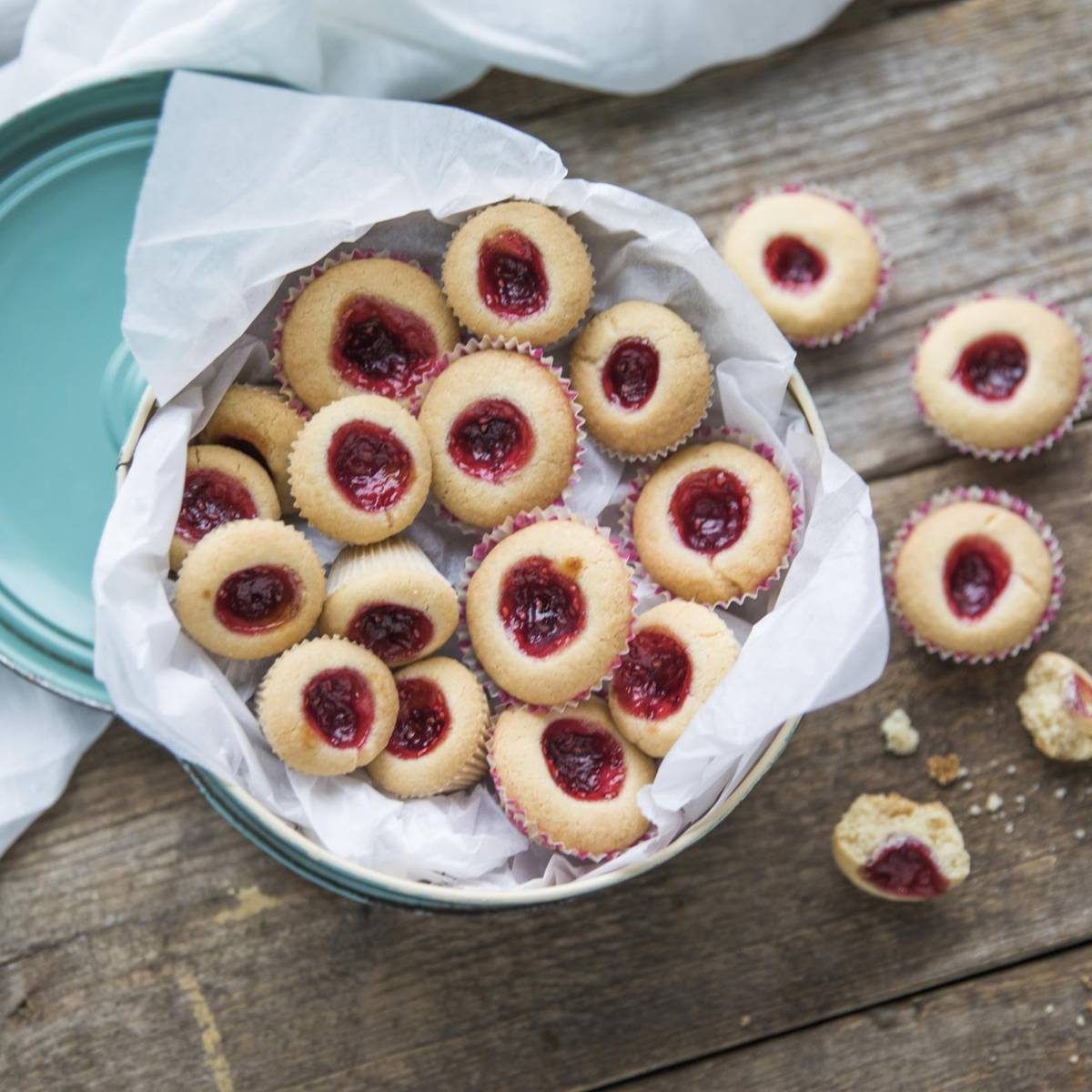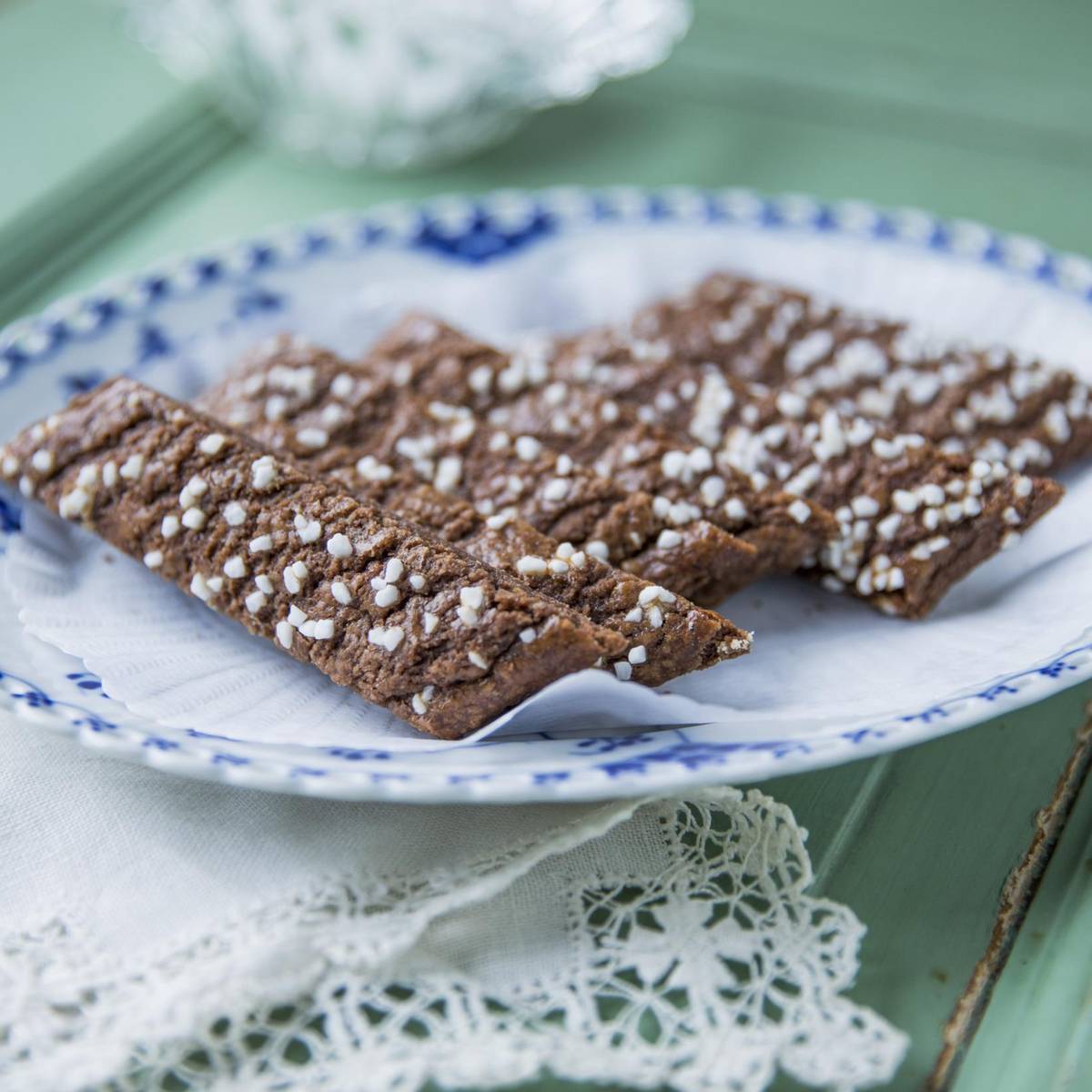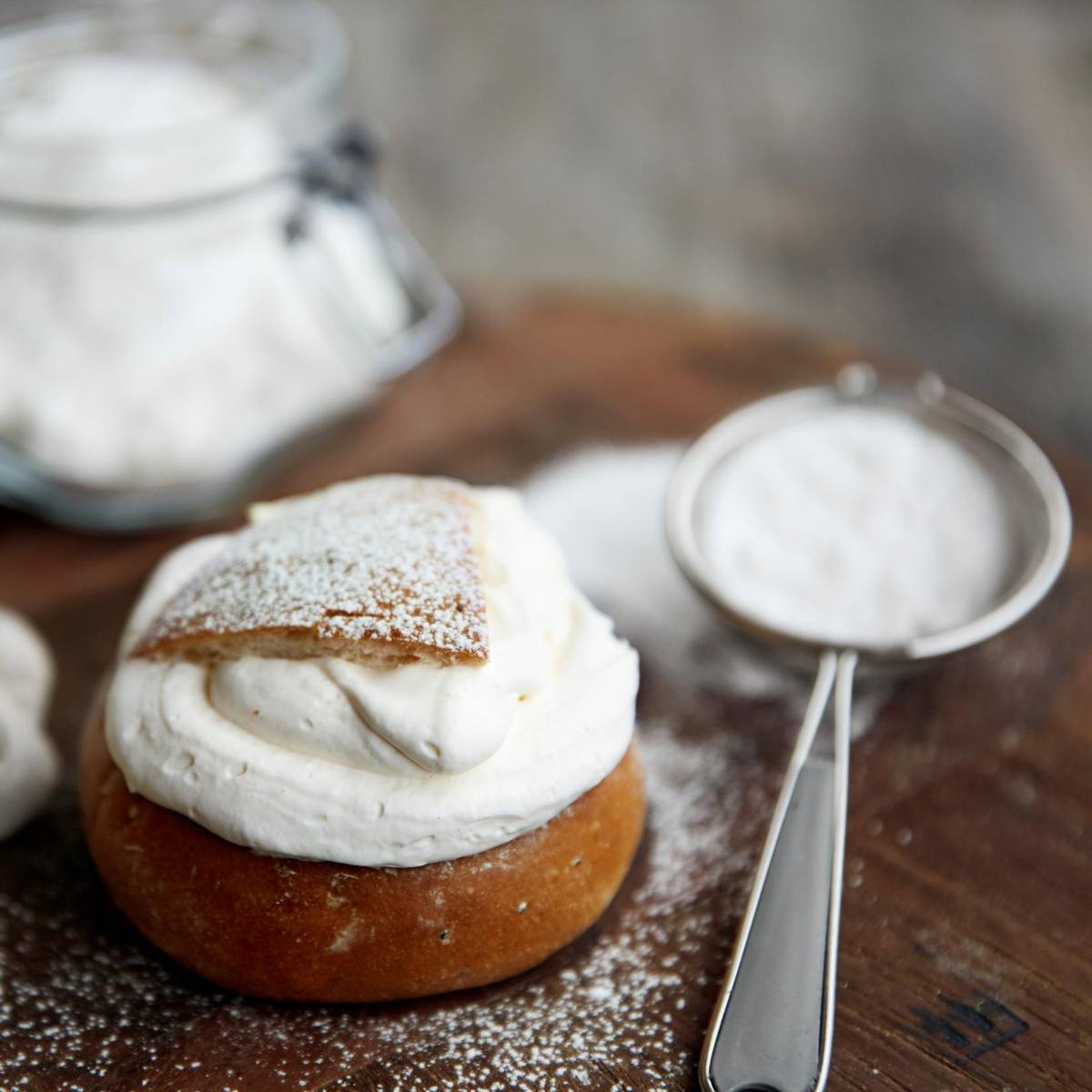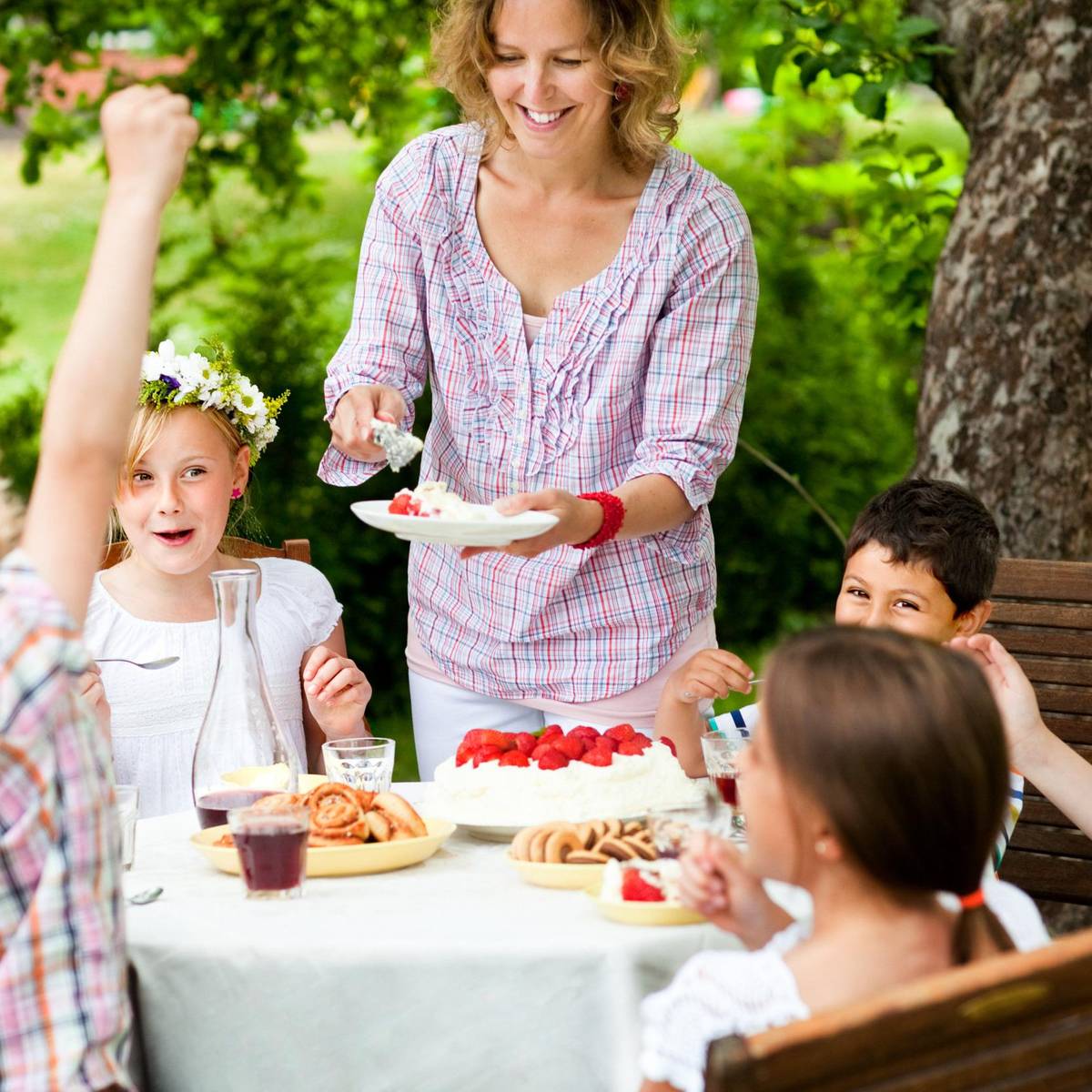How to arrange a kafferep at home
So where to start if you’re tempted to arrange a 'kafferep' at home? Baking as many as seven kinds of Swedish cookies might seem quite an undertaking, but it’s easier than it sounds as many are made from the same basic dough. The so-called ‘mördeg’ is similar to shortbread dough – flour, butter, sugar – sometimes with added egg. Armed with this versatile all-rounder, small tweaks will make a big impact on both taste and appearance. Displayed en masse, this contrasting collection of Swedish cookies makes for an irresistible kaleidoscope of colour, shape and flavour.
The seven types of cookies concept is so ingrained in the culinary heritage of Sweden that it has its own dedicated cookbook – “Sju Sorters Kakor”. First published by Ica Provkök in 1945, this much-loved baking bible has been reprinted and modernised several times over the years. The latest edition – which hit shelves in 2015, with a further update in 2017 – has been edited by top patisserie chef Mia Öhrn. Respectfully, she’s gone about tweaking the content to align with modern culinary habits and standards. For instance, she swapped the inclusion of margarine with butter and added a recipe for custard made from scratch. As for the Swedish cookies that she considered deserving of a place in "Sju Sorters Kakor", Caramel slices (‘Kolasnittar’) and Raspberry caves or Raspberry thumbprints ('hallongrottor’) have made their way into the iconic book.
Here are seven kinds of Swedish cookies – three complete with recipes courtesy of Mia Öhrn herself, who has also come up with vegan alternatives.
Brussels cookies ('Brysselkakor')
High on impact but simple to make, the delicately vanilla-infused ‘Brysselkakor’ – or ‘Brysselkex’ as they’re also called – are flat and round, framed by a halo of pink. This shot of vibrant colour is achieved by covering the cookie dough rolls in pink sugar (dyed with a couple of drops of red food colouring) before cutting them up into individual biscuits.
Chocolate slices ('Chokladsnittar')
One for the chocolate lover, this angular-cut biscuit is rich in flavour and high in contrast visually, courtesy of the “pearl sugar” sprinkled across the body of the cookie. Fret not if you can’t get hold of Swedish pearl sugar, colourful sprinkles work just as well.
Dreams ('Drömmar')
A most distinctive, melt-in-the-mouth biscuit, this almost meringue-like treat gets its texture from ‘hjorthornssalt’ raising agent (powdered ammonium carbonate). Infused with vanilla extract, it has a subtle kind of sweetness.
Raspberry caves ('Hallongrottor')
A plump cookie with a heart of scarlet-hued raspberry jam, these cookies are among the ones you’re most likely to come across in cafés and homes alike. Genius in their simplicity, the raspberry caves are easy and quick to make.
Oat biscuits ('Havrekakor')
Irresistibly crunchy, these golden-hued biscuits have a definite place in the Swedish biscuit hall of fame. Easy to make, raisins can be added for extra texture and flavour, and you may want to dip a section of the cookie in melted chocolate or drizzle across the surface. Plain or jazzed up with raisins and chocolate, they’re a Swedish fika hit.
Nut biscuits ('Nötkakor')
Plump and with a deliciously chewy texture, this enduring Swedish fika classic consists of three ingredients – ground hazelnuts, sugar and eggs. The mixture is shaped into little balls, each one decorated with a whole hazelnut. Dip a section of the cookie in melted chocolate for an extra indulgent treat.
Chessboards ('Schackrutor')
These two-tone, melt-in-the-mouth shortbread cookies make any Swedish fika arrangement look and taste wonderful. They incorporate both chocolate and vanilla cookie dough, assembled in a layered fashion before each biscuit is cut to reveal a chessboard design. The result is delicious and stylish in equal measure.











